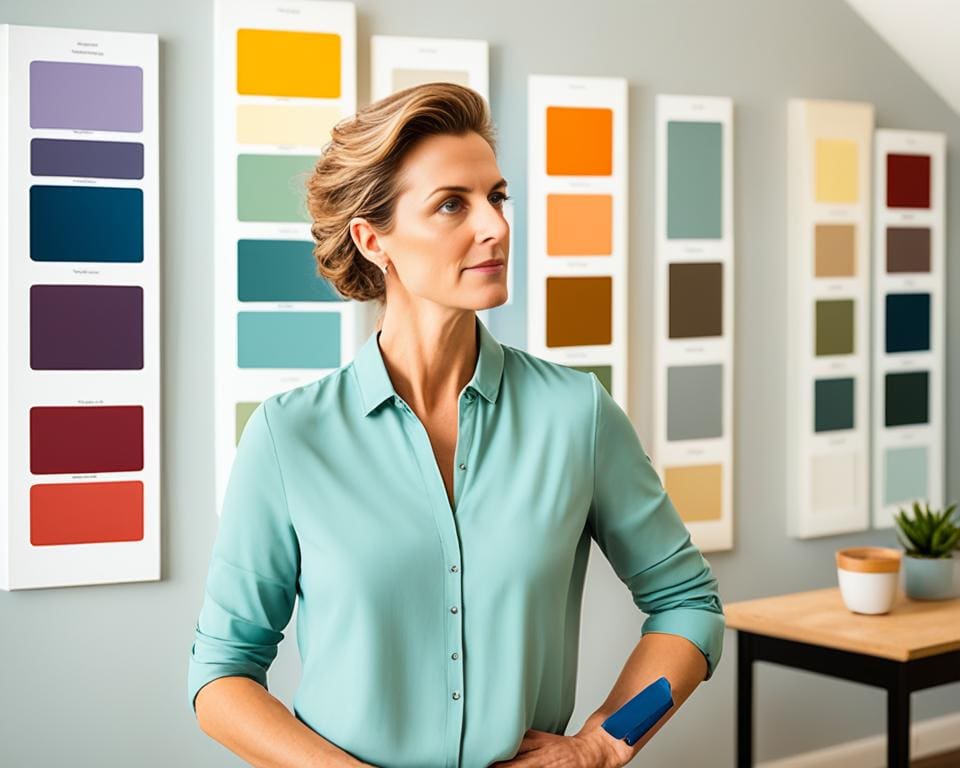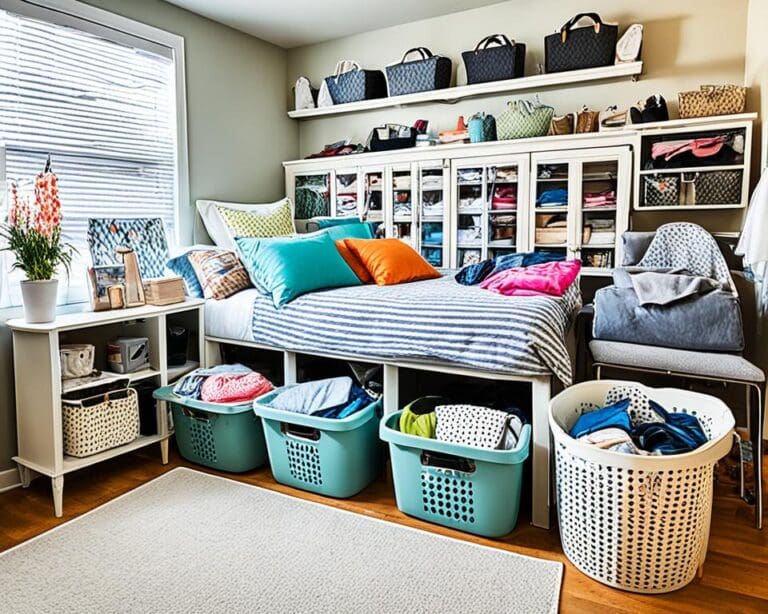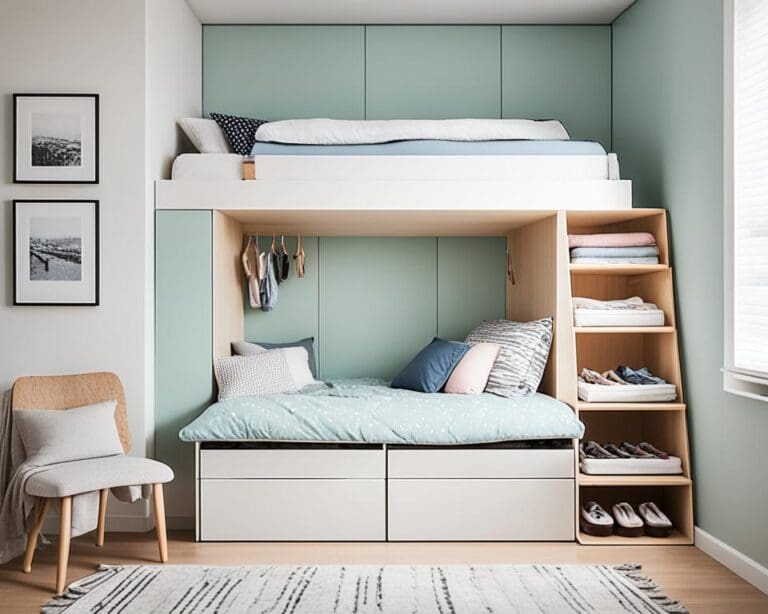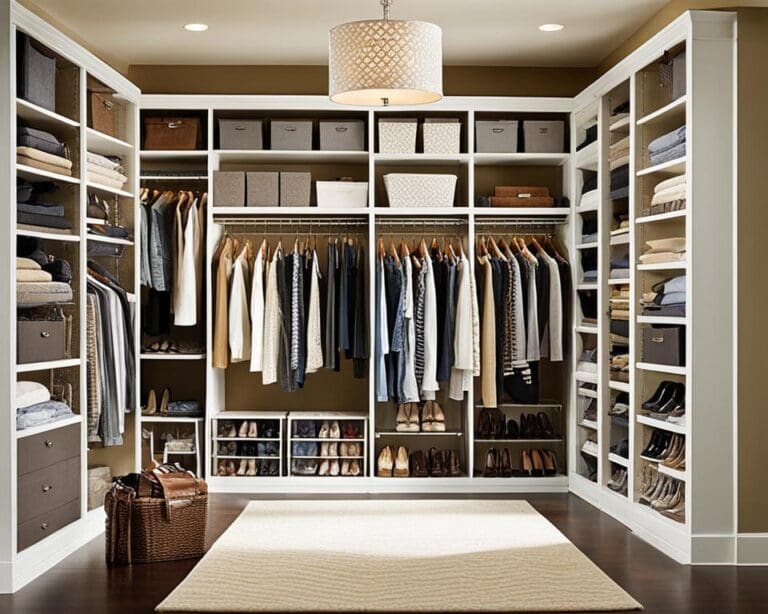Choosing the right paint is key to improving your home decor. The market offers a vast array of shades and finishes. This makes choosing colors you love a challenge. It also demands ensuring these colors flow well in different rooms. The last decade has brought deep knowledge about colors from various magazines.
Many homeowners pick colors without thinking about their room’s current elements. It’s smart to start with inspirational items like art. This helps set a basic color scheme. Also, account for fixed features such as cabinets and tiles for a unified look. Remember, colors look different under varying lights, showing unexpected undertones. So, test paints at different times to find the right mood.
Let things you love, like fabrics or art, guide your creativity. Picking paint is a big step in personalizing your space. The colors you choose affect mood and can transform your home into a special place.
Finding Inspiration for Your Color Palette
Every great color palette starts with inspiration. This is especially true when choosing colors for your home. You can use existing decor elements to inspire your home’s color scheme. Favorite fabrics or artworks can guide your choices, helping identify hues that feel right and comforting.
Utilizing Existing Decor Elements
Take a look at the colors in your decor. A vibrant rug or a piece of artwork can spark ideas for your palette. Take these items to a paint store to find matching or contrasting paint colors. Aim for a color balance in each room to make it pleasing to the eye.
Follow the 60-30-10 rule for color distribution. This rule suggests 60% of a room should have a dominant color. 30% should have a secondary color, and 10% should have accent colors. This balance creates an attractive and harmonious space.
Assessing Permanent Features in a Room
It’s important to consider a room’s architectural features for a fitting color scheme. Think about the kitchen cabinets, moldings, and fixed fixtures. These might have warm or cool undertones that can guide your color choice. Using similar undertones keeps the visual flow across different spaces.
Light colors can make small rooms feel spacious. Contrasts can energize or add depth, especially with accent walls. Using white for ceilings and moldings can brighten a space and add a timeless elegance.
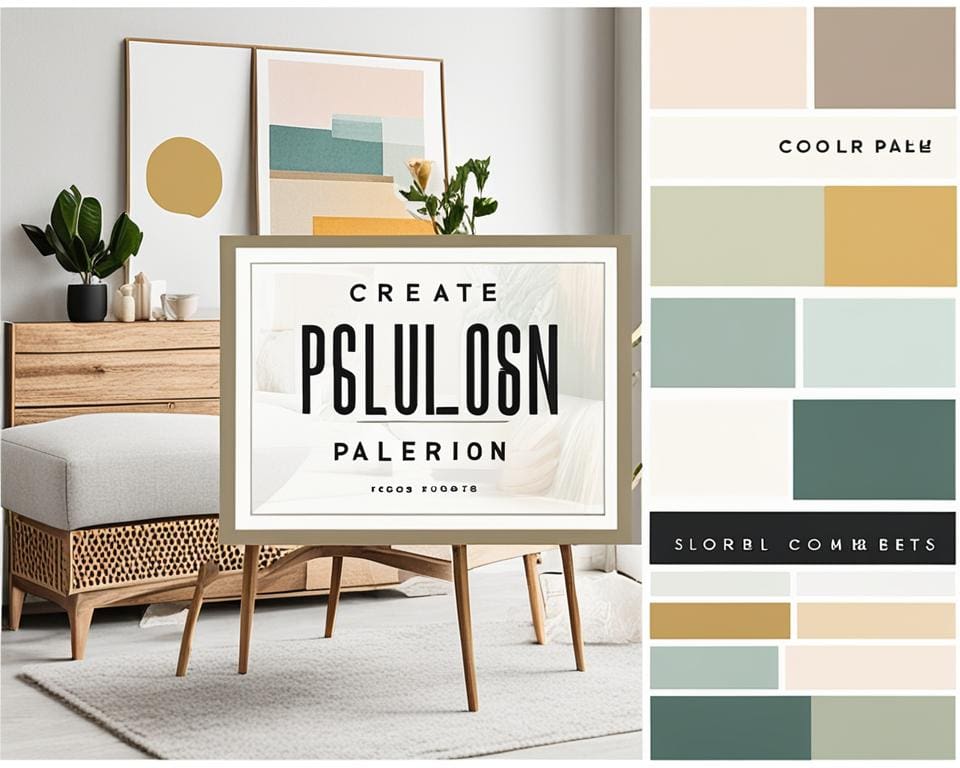
Choosing the Right Paint for Your Home’s Interior
When picking paint colors for your home, color psychology is key. It explores how colors can stir emotions and influence behavior. So, it’s crucial to pick colors that create the right mood in each room. By doing so, you make sure every room feels just right.
Each color has its own effect. Warmer shades like yellows and reds, perfect for dining and kitchens, boost energy and spark conversations. On the flip side, cooler colors, such as blues and greens, suit bedrooms and bathrooms best. They bring calm and help you relax. This insight aids in selecting colors that match the vibe and use of each space. Plus, choosing light or dark shades can also affect the room’s appearance and feel.
Testing paint samples in various lighting conditions is also crucial. Since natural light changes with the room’s direction, it can alter how a color looks. Rooms facing south get warm light, making warm colors shine. North-facing rooms, however, have a cooler light, making cool colors more fitting. This ensures the colors you pick stay true all day. Considering these aspects of color psychology lets you design a home that feels both personal and inviting.

